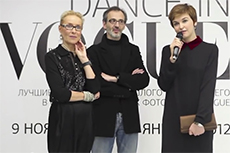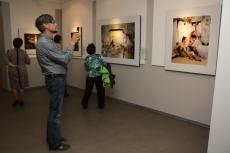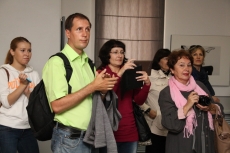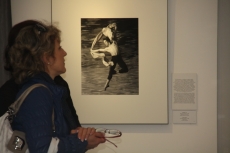Dance in Vogue
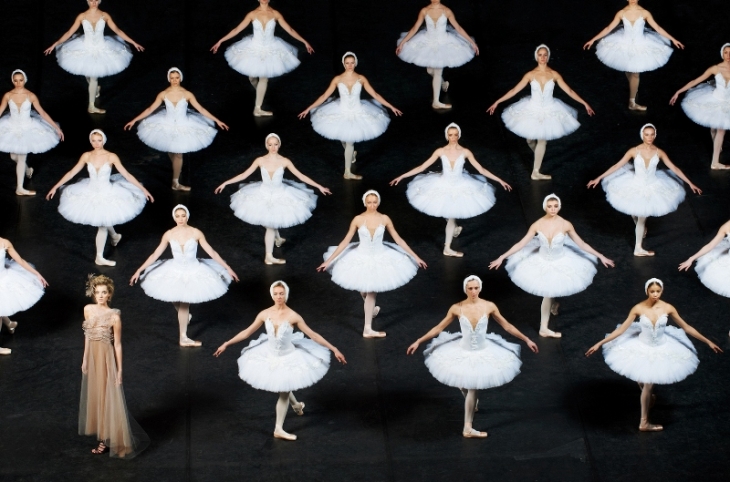
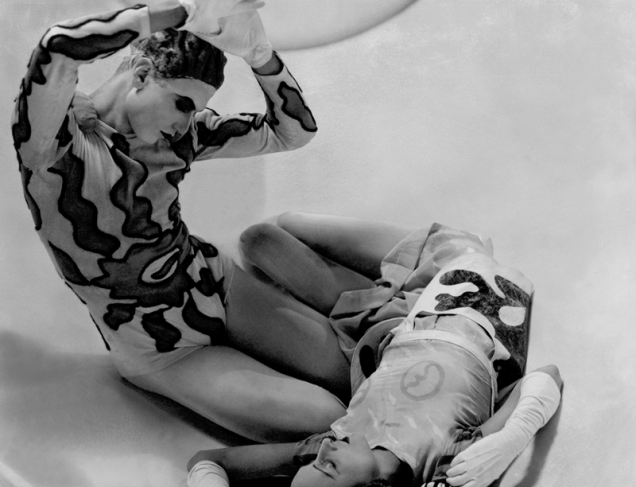
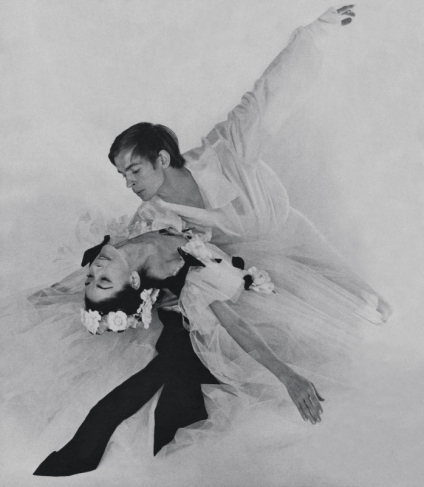

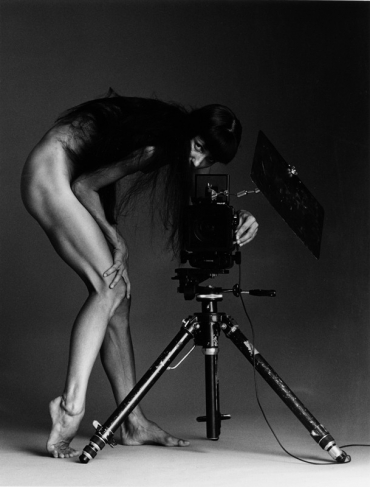
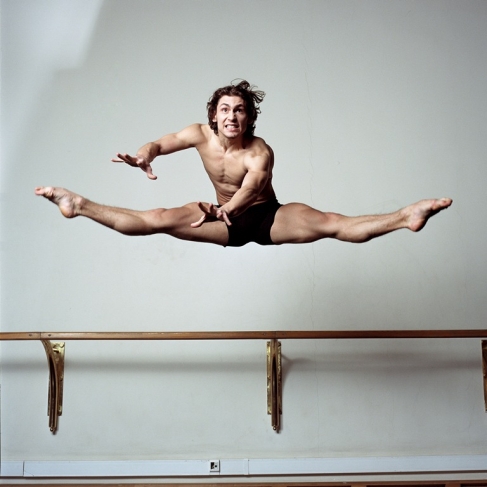

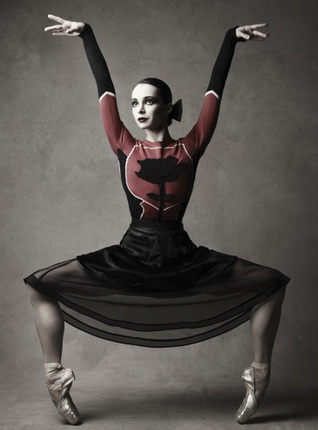
Jason Schmidt. Mikhaylovsky theatre, 2011. Courtesy VOGUE
George Hoyningen-Huene. Serge Lifar and Olga Spesivtseva, 1931. Courtesy VOGUE
Cecil Beaton. Margot Fonteyn and Rudolf Nureyev, 1963. Courtesy VOGUE
Sylvie Guillem. Sylvie Guillem, 1989. Courtesy VOGUE
Sylvie Guillem. Sylvie Guillem, 1989. Courtesy VOGUE
Vladimir Vasilchikov. Ivan Vasiliev, 2009. Courtesy VOGUE
Danil Golovkin. Svetlana Zaharova, 2008. Courtesy VOGUE
Patrick Demarchelier. Diana Vishneva, 2011. Courtesy VOGUE
Moscow, 6.07.2015—6.08.2015
exhibition is over
Kuntsevo Plaza
Yartsevskaya street, 19
www.kuntsevoplaza.ru
Share with friends
This exhibition has grown from the collection issue of the same name Dance in Vogue which has been just published and has already become a rarity. A year ago when Vogue editorial office started working on dance issue, nobody expected to find such a great number of photographic masterpieces on ballet themes in the archives of Publishing House Condé Nast. The editorial had to select hundreds of thousands, dozens of hundreds. Working on the issue, Vogue has naturally focused on the interaction of ballet and fashion and has accentuated the Russian theme.
Exhibition shedule
-
9.11.2011—15.01.2012
Moscow
Multimedia Art Museum
-
23.03.2012—8.04.2012
Nizhniy Novgorod
National Centre for Contemporary Arts, Volga region branch
-
19.05.2012—2.07.2012
Perm
Perm State Art Gallery
-
16.08.2012—14.10.2012
Saint Petersburg
Erarta Museum of Contemporary Art
-
7.02.2013—31.03.2013
Yekaterinburg
Museum of Photography “Metenkov’s house”
-
18.04.2013—30.06.2013
Samara
Samara Regional Art Museum
-
29.08.2014—30.09.2014
Syktyvkar
Centre of Cultural Initiatives "Yugor"
-
18.12.2014—15.02.2015
Kirov
CCC Progress Gallery
-
6.07.2015—6.08.2015
Moscow
Kuntsevo Plaza

